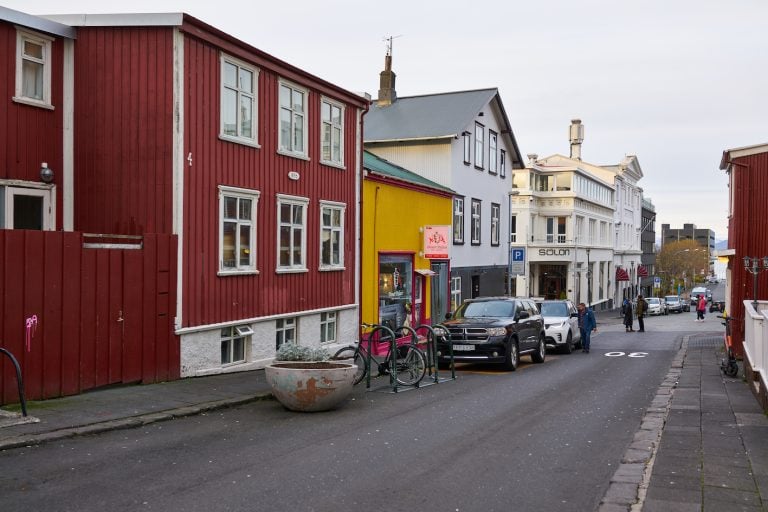The first resident of Iceland and Reykjavík, Ingólfur Arnarson, came from Norway and settled here in 874. He came to Iceland seven years prior to investigate the conditions, which led to him and his sister and their families and slaves to moving to Iceland entirely. At Arnarhóll, in the heart of the capital, there is a large statue of Ingólfur, where he looks west, over Kvosin and the Reykjavík harbour. The statue by Einar Jónsson (1874-1954) was unveiled in 1924. Behind the statue of Ingólfur is Ingólfsstræti, named after the settler. The street, when it got its name in 1880, extended only from Bankastræti and south to Spítalastígur. It wasn’t until 1915, when the settlement began to get denser in the neighbourhood Skuggahverfi, that the street was extended from Bankastræti and past Arnarhóll to the north and down towards the sea until it meets Skúlagata. Many important buildings or institutions stand on Ingólfsstræti, such as the Central Bank of Iceland, the Ministry of Finance, the Supreme Court, and The Culture House, but none of them have a registered address on the street. Gamla Bíó, one of the oldest cinemas in the country, was opened in 1927, is addressed to Ingólfsstræti. Even today, almost a hundred years later, the building is one of the cornerstones of Reykjavík’s cultural life. On Ingólfsstræti today, you can find one of the few supermarkets in the city centre, in addition there is a church and a number of old houses on the street, Ingólfsstræti is in the middle of the city centre, where tourists and locals go for both culture and food.
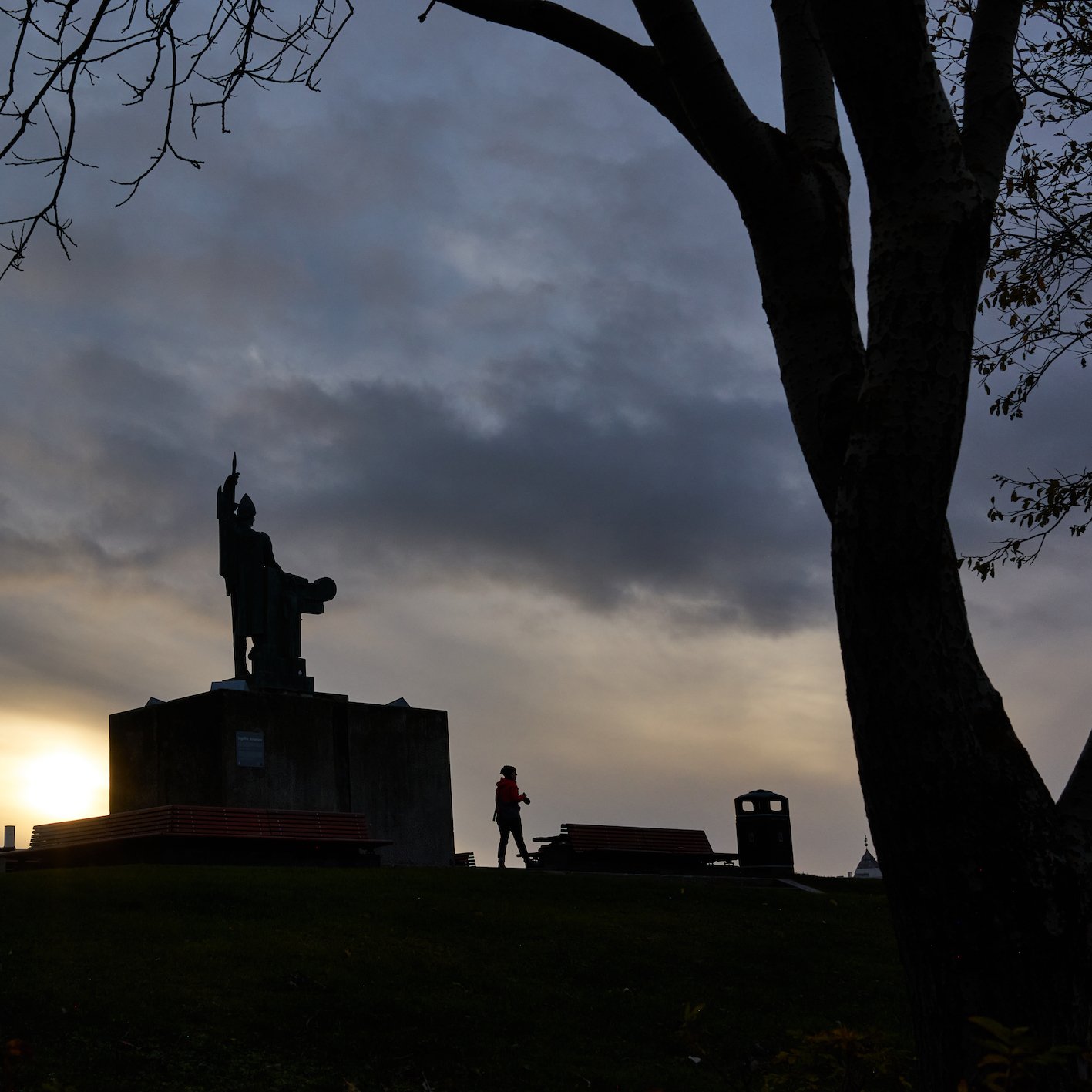
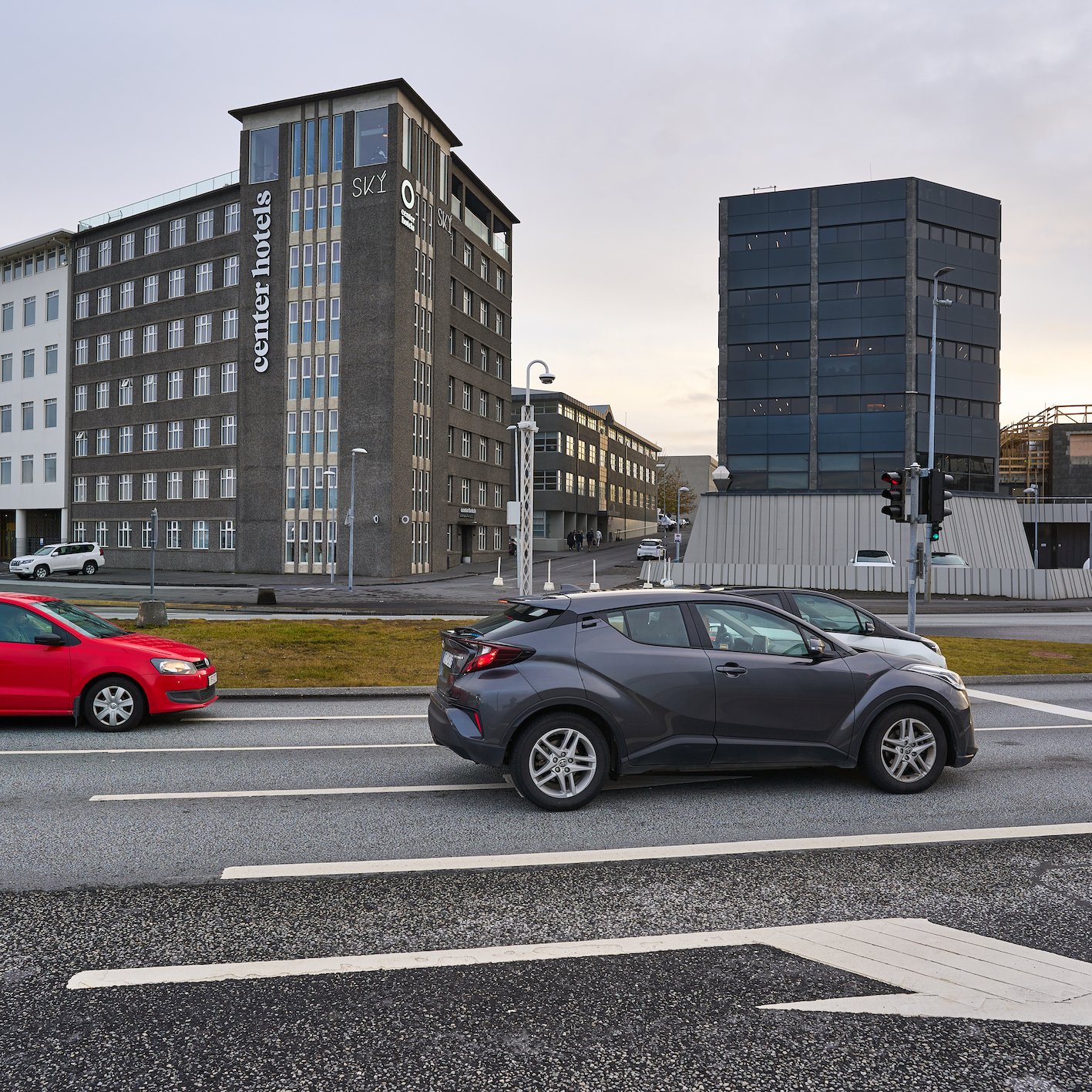
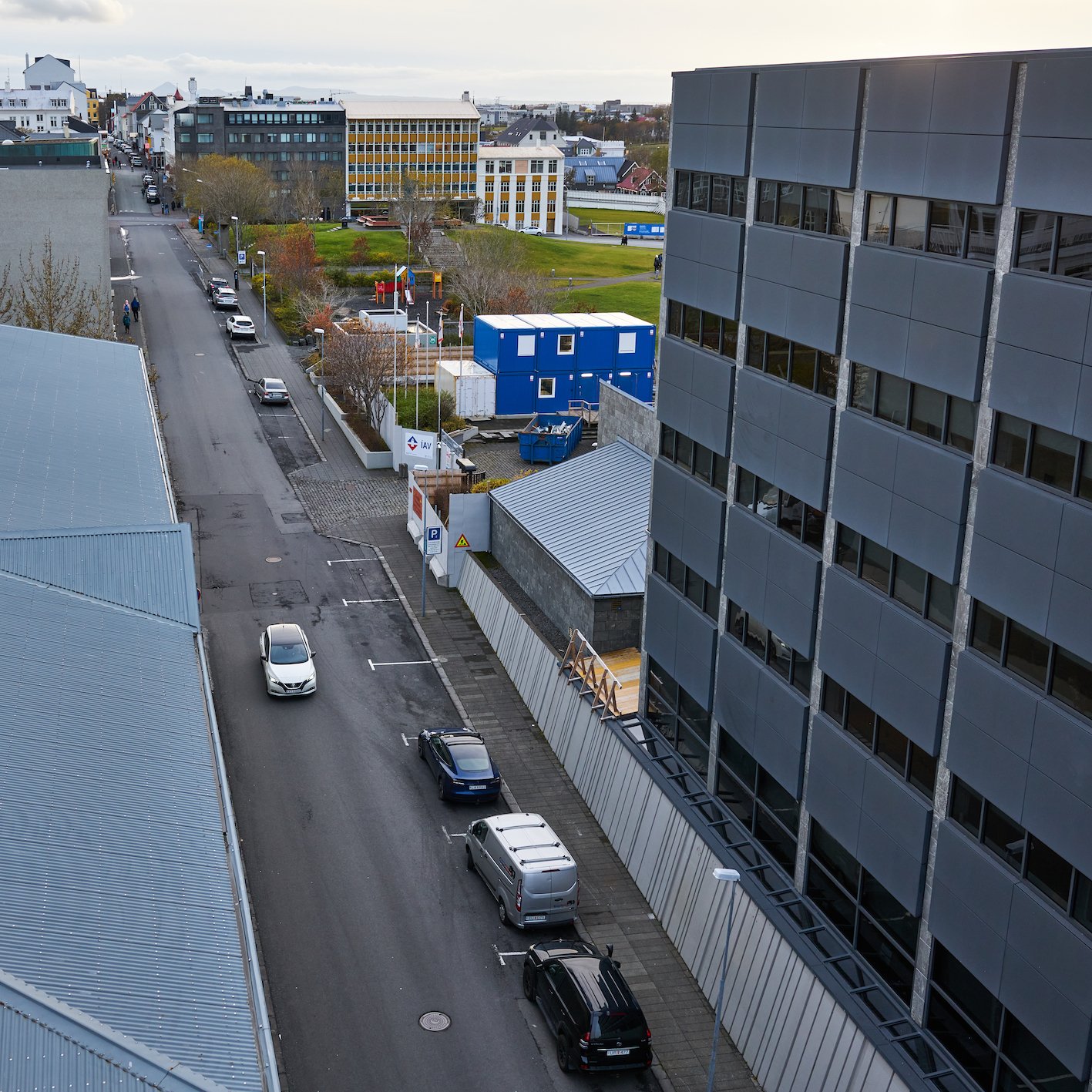
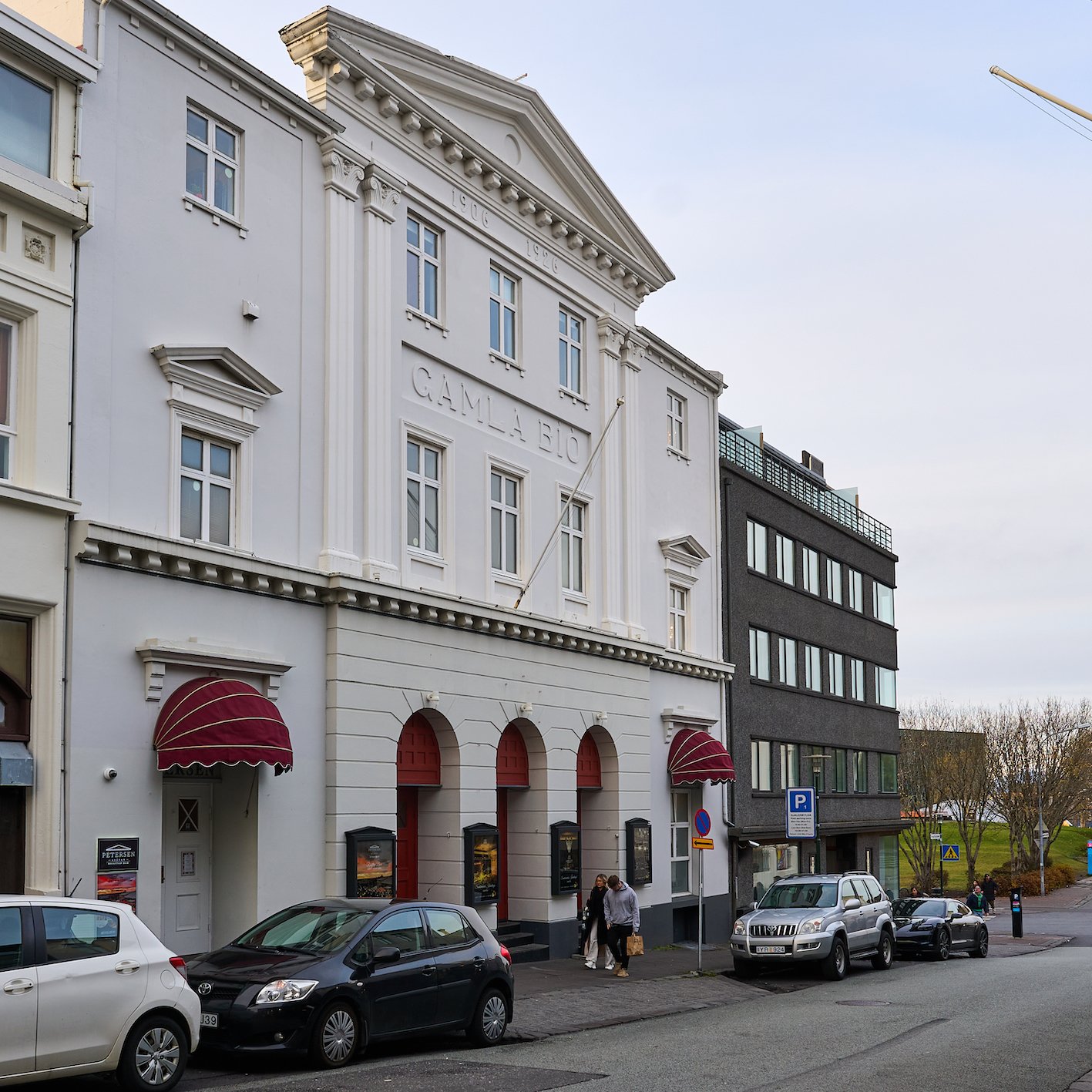


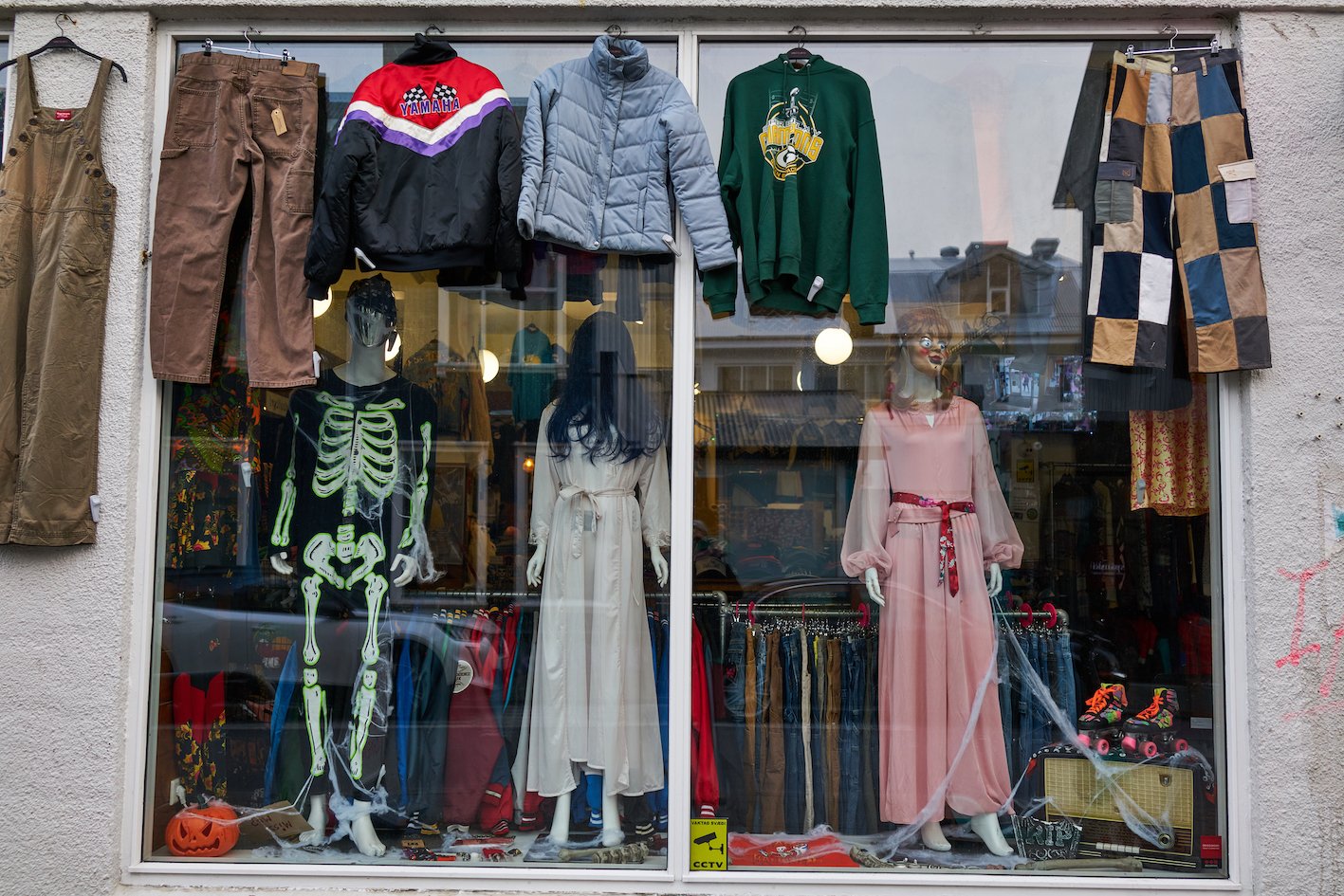
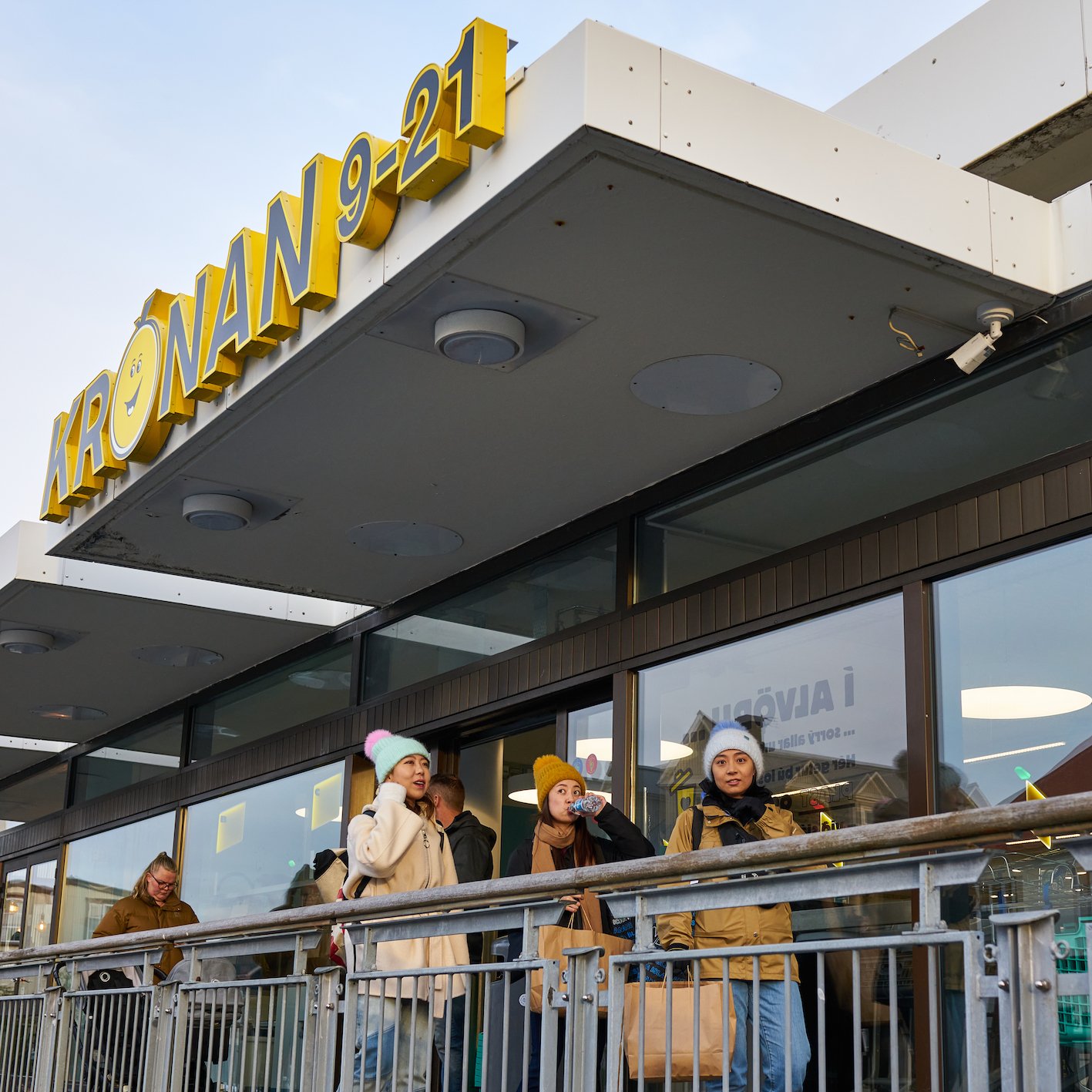

Photographs & text: Páll Stefánsson
Reykjavík 16/10/2023 – A7C, RX1R II : FE 1.8/14mm GM, 2.0/35mm Z

